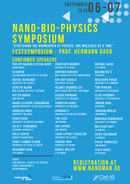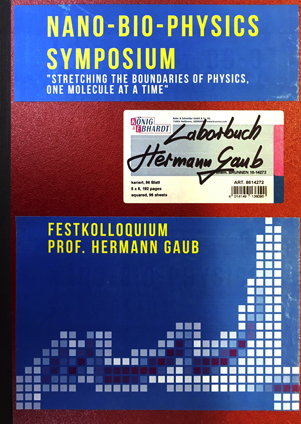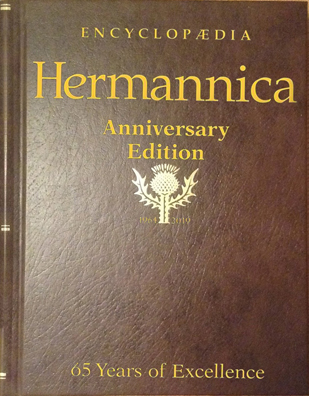2019 Nano-Bio-Physics Symposium
Nano-Bio-Physics Symposium 2019
"Stretching the boundaries of physics, one molecule at a time"
Am 6. und 7. September kamen fast 200 Biophysiker aus der ganzen Welt anlässlich des Festsymposiums zu Ehren des an der Ludwig-Maximilians-Universität lehrenden Hermann Gaub in München zusammen. Unter dem Titel „Stretching the boundaries of physics, one molecule at a time“ stellten hochkarätige Sprecher aus Deutschland, den USA, der Schweiz, China, Kanada, und Israel ihre aktuellen Forschungsarbeiten vor. Dabei war ein breites Themenspektrum vertreten, von Einzelmolekül-Biophysik, zu Mechanobiologie und translationaler Medizin. Neben ihrer aktuellen Forschung betonten viele der Sprecher die wichtige Rolle der grundlegenden Beiträge zur Entwicklung ihres Gebiets durch die Arbeitsgruppe von Professor Hermann Gaub und der Münchener Biophysik. Hermann Gaub ist ein Mitbegründer der Einzelmolekül-Biophysik, insbesondere durch eine Reihe von wegweisenden Arbeiten in denen er die Manipulation und Kraftspektroskopie von einzelnen Biomolekülen mittels eigens entwickelter Kraftmikroskope etablierte. Von vielen Vortragenden wurde auch die katalytische Wirkung des Centers for NanoScience (CeNS) hervorgehoben, das als Keimzelle sowohl einer Reihe von erfolgreichen Startups als auch als Ausgangspunkt von mehreren Exzellenzclustern, die Münchner Biophysik prägte.
„Es war faszinierend, von Pionieren der Biophysik wie Professor Erich Sackmann [dem Doktorvater von Hermann Gaub] zu hören, wie die Biophysik als exotische Nische in der Physik begann, mit zwei Studenten in seiner ersten Vorlesung“ sagte Professor Jan Lipfert, einer der Co-Organisatoren des Symposiums. „Aus dieser Nische ist ein Schwerpunkt der Physik in München geworden, der viele Studenten begeistert und international hohes Ansehen genießt“.
Die während des Symposiums gehaltenen Vorträge wurden aufgezeichnet und stehen auf dem LMUCast und über Apple Podcast zu Verfügung.
Nano-Bio-Physics Symposium 2019
"Stretching the boundaries of physics, one molecule at a time"
On September 6th and 7th, nearly 200 biophysicists from all over the world came together for the festive symposium in honor of Hermann Gaub, who holds the LMU chair for biophysics and molecular materials and is one of the co-founders of the Center for NanoScience. Renowned speakers from Germany, the USA, Switzerland, China, Canada, and Israel presented their current research under the title "Stretching the boundaries of physics, one molecule at a time". There was a wide range of topics presented: From single-molecule biophysics to mechanobiology and translational medicine. In addition to their current research, many of the speakers emphasized the important role of the fundamental contributions to the development of their area by the working group of Professor Hermann Gaub and Munich Biophysics. Hermann Gaub is a co-founder of single-molecule biophysics, in particular through a series of pioneering work in which he established the manipulation and force spectroscopy of individual biomolecules using specially developed force microscopes. Many lecturers also highlighted the catalytic effect of the Center for NanoScience (CeNS), which shaped Munich Biophysics as the nucleus for a number of successful startups as well as the starting point for several excellence clusters.
"It was fascinating to hear from biophysics pioneers, such as Professor Erich Sackmann [the doctoral supervisor of Hermann Gaub], how biophysics began as an exotic niche in physics, with two students in its first lecture," said Professor Jan Lipfert, one of the organizers of the symposium. "This niche has become a focus of physics in Munich, which thrills many students and enjoys a high international reputation."
Presentations during the symposium were recorded and are available via LMUCast and Apple Podcast.
https://www.cens.de/calendar/workshops-events/festkolloquium-2019/
Downloads
- Final program (521 KByte)





